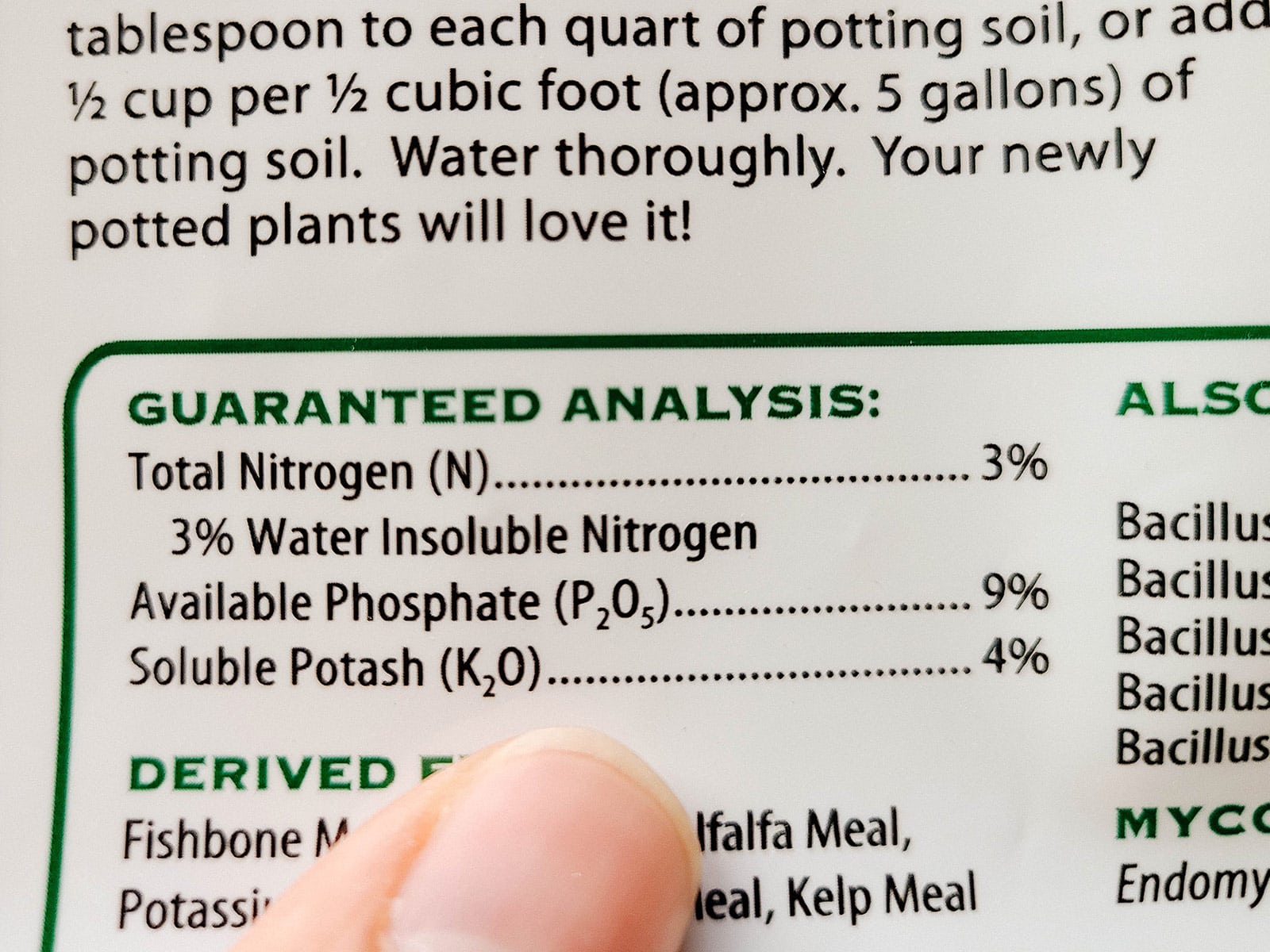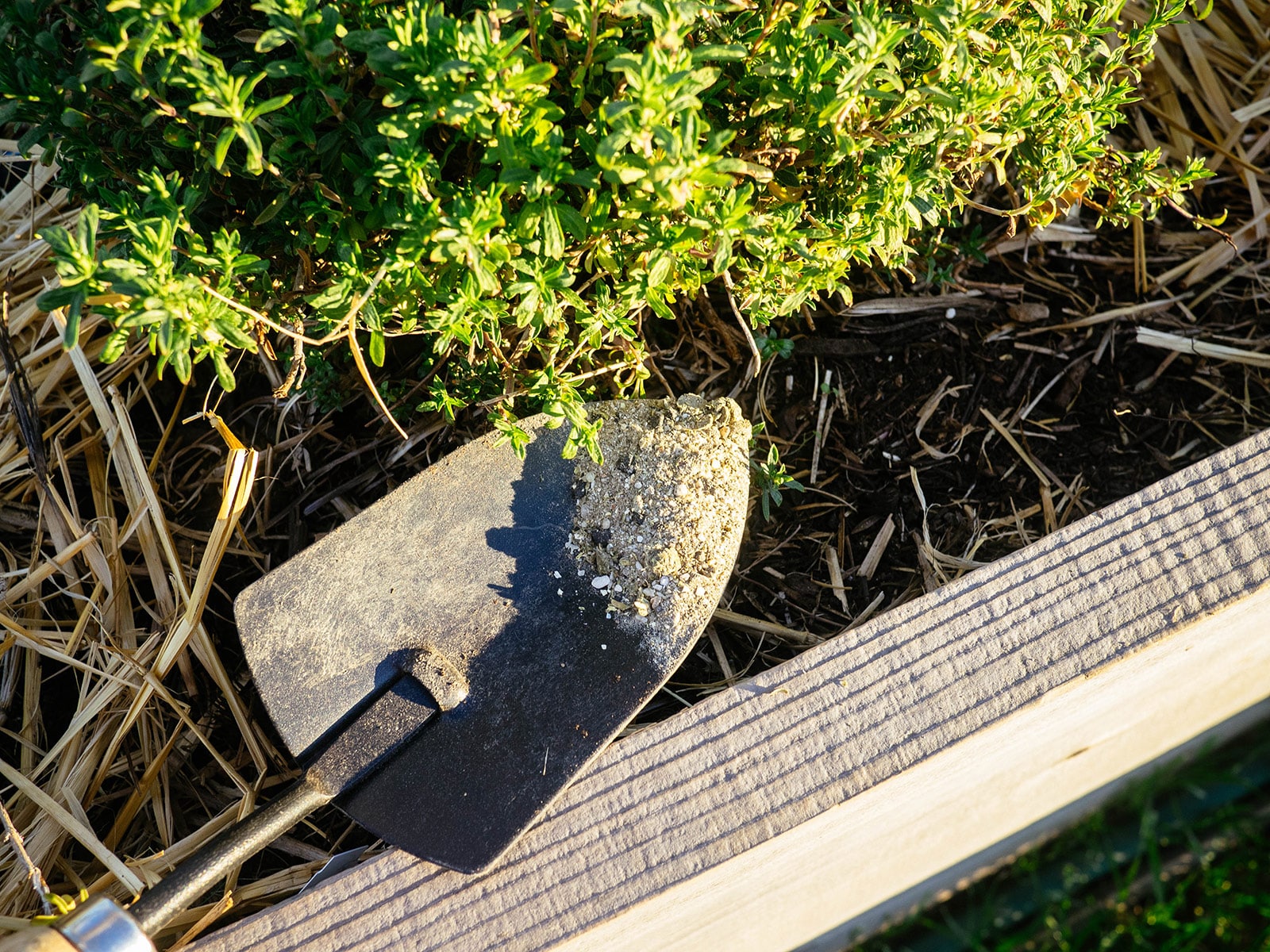For many who’ve ever picked up a bag of fertilizer, you’ve seen the hyphenated numbers on the package deal deal. Typically they’re all of the an identical nevertheless additional sometimes they’re not. Typically there are zeros or decimal elements and also you notice all of them relate to NPK, nevertheless what exactly do they indicate?
For a really very long time, I’d on a regular basis assumed (and repeatedly be taught on many gardening web sites, even these considered credible) that on a fertilizer label, NPK stood for nitrogen, phosphorus, and potassium. Nevertheless that’s not utterly right and the overall story is unquestionably additional subtle.
What NPK truly means
All fertilizers are labeled with three numbers that time out the assured analysis (a list of nutritional vitamins inside the bag). The analysis provides the share (by weight) of each nutrient.
Nevertheless reverse to what most references declare, the P and Okay values do not level out the p.c of phosphorus and potassium, respectively, inside the bag.
The N value does level out the p.c of nitrogen. Nevertheless the second amount represents P2O5 (phosphorus expressed as accessible phosphate), and the third amount represents Okay20 (potassium inside the kind of soluble potash).
So to be additional right, NPK stands for nitrogen, accessible phosphate, and soluble potash.
To simplify points for the general public, they (fertilizer corporations) say these numbers characterize nitrogen (N), phosphorus (P), and potassium (Okay) and these nutritional vitamins are calculated primarily based totally on the portions which will be immediately accessible to crops.
Why does this matter? On account of in case you get a soil verify with actually helpful fertilizer portions and likewise you’re trying to find out how loads fertilizer in order so as to add to your yard, you need to know the exact nutrient content material materials of what you’re together with.
Let’s use an occasion of an pure fertilizer with an NPK analysis of 3-9-4.


When you be taught the label, you may even see that this bag accommodates 3 p.c nitrogen, 9 p.c accessible phosphate, and 4 p.c soluble potash.
For easy math, picture a 100-pound bag of this fertilizer containing 3 kilos of nitrogen, 9 pound of phosphate, and 4 kilos of potash. (The remaining weight consists of secondary macronutrients, micronutrients, and fillers, which give the fertilizer bulk and make it less complicated to unfold.)
To calculate the exact P and Okay content material materials, you’d need to make use of the subsequent formulation:
- P2O5 accommodates 44 p.c of exact P (so multiply P2O5 by 0.44)
- Okay20 accommodates 83 p.c of exact Okay (so multiply Okay20 by 0.83)
Persevering with with my occasion of a 3-9-4 fertilizer, a 100-pound bag would come with 3 kilos of nitrogen (N), 3.96 kilos of exact phosphorus (P), and three.32 kilos of exact potassium (Okay).
I do know—not sophisticated the least bit, correct?!
Why do they label it this fashion?
Although N is expressed on an exact elemental basis, P and Okay are expressed on an oxide basis (that is, they’re contained inside the phosphate and potash compounds).
This sophisticated labeling goes once more to the occasions when fertilizers have been heated with air to rework phosphate and potassium to oxides (significantly P2O5 and Okay20). These numbers have been then used for the nutrient analysis, and they also proceed to be expressed by the use of oxides for historic continuity.
The weird half is that these oxides often aren’t present in fertilizers, nevertheless they’re nonetheless utilized in North America on account of that’s the best way it’s on a regular basis been. (Change is tough, I suppose!)


Ponder the ratio
The three numbers on a fertilizer label moreover characterize a ratio that describes the relative proportions of N, P2O5and Okay20.
Let’s use the NPK ratio of 3-1-2 for instance. This fertilizer accommodates one-and-a-half events as loads N as Okay20 and thrice additional N than P2O5.
Fertilizers with an NPK analysis of 9-3-6 or 18-6-12 would also have a 3-1-2 ratio. It doesn’t matter which of these fertilizers you make the most of on account of they provide the an identical relative amount of nutritional vitamins—you merely should make use of the correct amount.
Pound for pound, an 18-6-12 fertilizer accommodates twice the nutritional vitamins of a 9-3-6 fertilizer. So to supply the an identical amount of nutritional vitamins, you may use half as quite a lot of the 18-6-12 fertilizer as a result of the 9-3-6.
Whew! Nonetheless with me proper right here?
For many who’re on the retailer and likewise you see three utterly totally different fertilizers with the an identical ratio (equivalent to 3-1-2, 9-3-6, and 18-6-12), buy the one with the higher numbers. From an economical standpoint, you’ll get additional in your money because you’ll end up using a lot much less of the 18-6-12.
Why any of this points for a home gardener
Briefly, it solely points in case you get a soil verify. You have to use the above formulation for calculating the suitable amount of phosphorus and potassium in order so as to add to your yard.
Are you aware?
Shock—most conventional soil checks don’t measure nitrogen in your soil. That’s on account of nitrogen is on a regular basis being remodeled into totally different varieties and the levels can change quickly due to local weather conditions. By the purpose you collect the soil sample, ship it in, and get the analysis once more from the lab, any reported value is nearly meaningless.
So why do soil checks usually current a nitrogen recommendation? On account of it’s a biggest guess primarily based totally on evaluation trials of crop yields and the general tips in your house—not the exact ranges in your soil.
Regardless that soil checks don’t measure the nitrogen in your soil, they usually counsel full fertilizers (those that embody N, P, and Okay) and ideas are given in increments of 1,000 sq. ft.
Be taught additional: What to do if there’s an extreme quantity of nitrogen in your soil
As a method to determine how loads fertilizer to make use of to your yard, you need to know:
- The nutrient analysis of the fertilizer (which now you may calculate appropriately)
- The sq. footage of the yard beds you’re fertilizing
- The actually helpful utility value
Your soil verify will counsel a specific NPK ratio and customarily, you gained’t uncover that exact ratio in the event you’re scanning the fertilizer aisle (significantly in the event you want to use pure fertilizers).
That’s okay—merely choose a ratio that’s shut adequate, or use a mixture of single-ingredient fertilizers (equivalent to blood meal, bone meal, or langbeinite) to supply the wished nutritional vitamins inside the suitable portions. (Proper right here’s a data from School of Georgia Extension on altering inorganic fertilizer ideas to pure ones.)
Related: There’s a correct strategy and a unsuitable technique to fertilize your yard in summer season
Disclosure: For many who retailer from my article or make a purchase order order through actually certainly one of my hyperlinks, I am going to receive commissions on a couple of of the merchandise I prefer to advocate.
Advisable
Single-ingredient fertilizers
This publish updated from an article that originally appeared on January 16, 2023.
